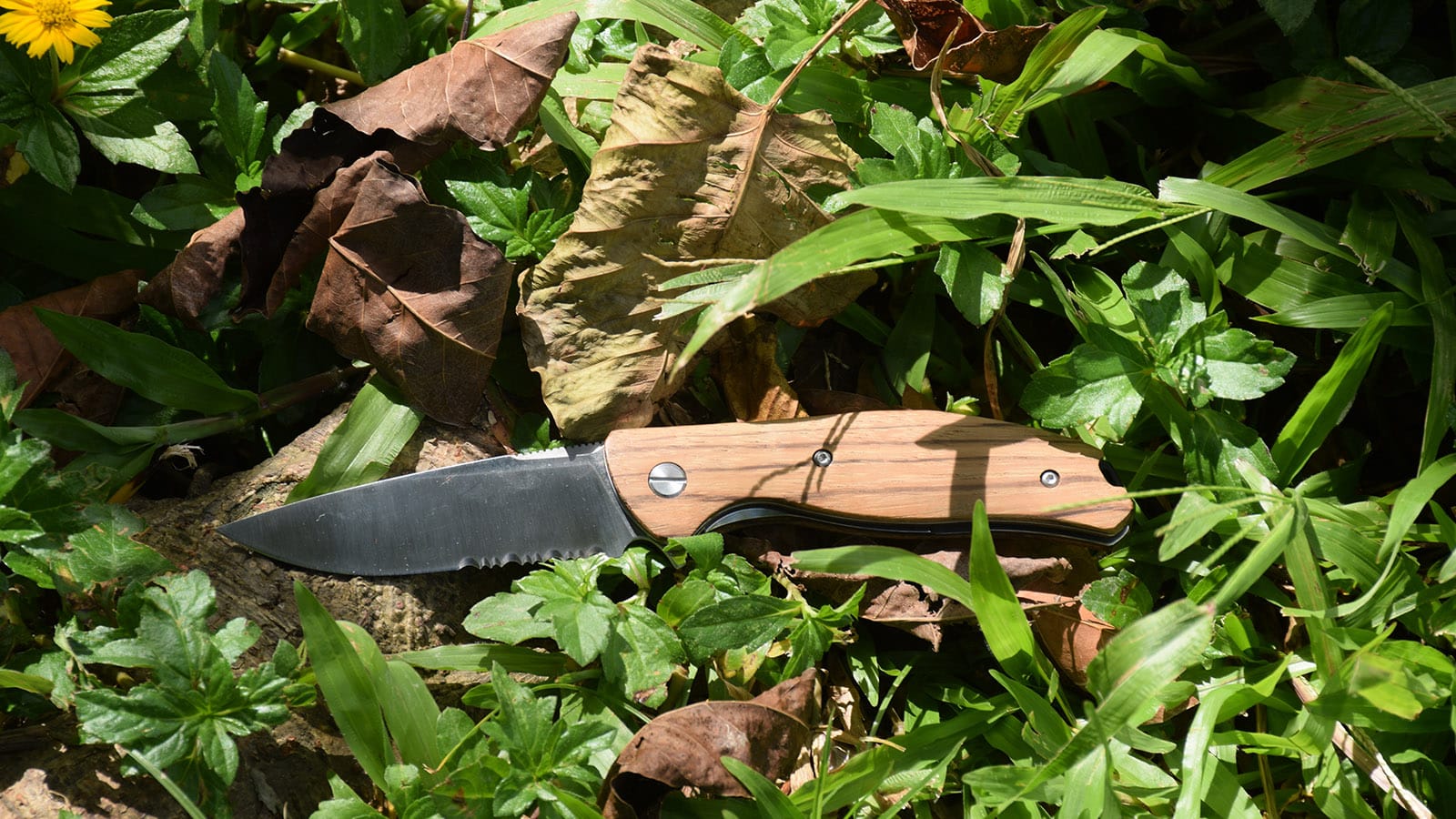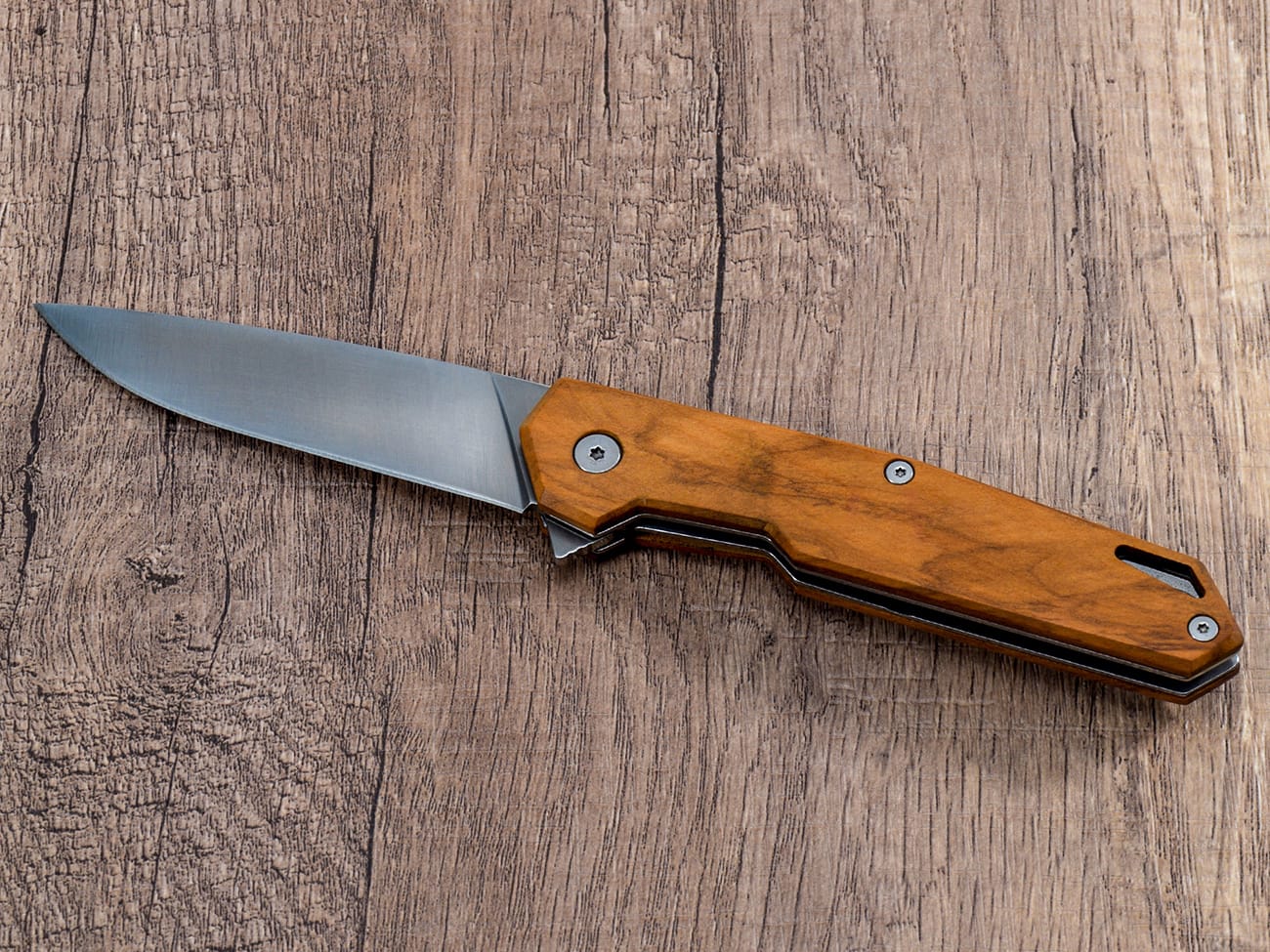Are you wondering whether to choose a serrated knife or a plain edge blade? This comprehensive guide will explore everything you need to know about serrated knives, from their unique advantages to maintenance tips. Whether you’re a home chef or outdoor enthusiast, understanding when and why to use a serrated blade can significantly improve your cutting experience.
What Is a Serrated Knife and How Does It Work?
A serrated knife features a saw-like edge with a series of small teeth or scallops along the blade. These serrations create multiple points of contact that grip and slice through materials using a sawing motion. Unlike a plain edge knife, which cuts with direct downward pressure, serrated knives excel at slicing through tough exteriors while preserving delicate interiors.
Plain Edge vs Serrated: Understanding the Key Differences
When comparing plain edge vs serrated knives, several factors come into play:
- Plain edge knives offer clean, push cuts and are easier to sharpen
- Serrated blades excel at slicing fibrous materials and foods with hard exteriors
- Combo edge knives combine both features for versatility

What Are the Main Benefits of Serrated Knives?
Serrated knives offer several distinct advantages:
- Superior slicing performance on tough materials
- Require less downward pressure to cut
- Stay sharp longer than plain edges
- Excel at cutting fibrous materials
- Perfect for foods with hard exteriors and soft interiors
When Should You Use a Serrated Knife?
A serrated knife is particularly useful for:
- Slicing bread without crushing
- Cutting through tomatoes cleanly
- Handling tough-skinned fruits and vegetables
- Slicing roasted meats
- Cutting through rope and cordage outdoors
How to Choose the Right Serrated Knife?
When selecting a serrated blade, consider:
- Blade length and serration pattern
- Handle material and ergonomics
- Steel type and edge retention
- Intended use (kitchen, outdoor, EDC)
- Overall build quality
Maintaining Your Serrated Edge: Care and Sharpening Tips
Proper maintenance is crucial for serrated knives:
- Clean and dry after each use
- Use proper cutting technique
- Store properly to protect the edge
- Consider professional sharpening services
- Use specialized sharpening tools for serrations
Common Misconceptions About Serrated Knives
Let’s debunk some myths:
“Serrated knives are only for bread” – False! They’re versatile tools for many cutting tasks.
“Serrated edges can’t be sharpened” – They can be sharpened, though it requires specific techniques.
How Long Do Serrated Edges Last?
Serrated edges typically maintain their cutting ability longer than plain edges because:
- Only the points contact the cutting surface
- Less overall wear on the edge
- Serrations continue to cut even when slightly dull
- The scalloped design preserves edge geometry
Which Tasks Work Better with Serrated Knives?
Serrated knives excel at:
- Slicing bread and baked goods
- Cutting tomatoes and soft fruits
- Processing fibrous vegetables
- Rope and cord cutting
- Slicing cooked meats
Making the Right Choice: Who Needs a Serrated Knife?
Consider a serrated knife if you:
- Regularly cut bread or tomatoes
- Work with fibrous materials
- Need a reliable backup cutting edge
- Want a long-lasting cutting tool
- Prefer a saw-like cutting action
Key Takeaways:
- Serrated knives excel at slicing through tough exteriors while preserving soft interiors
- They require less maintenance and stay sharp longer than plain edges
- Perfect for specific tasks like bread cutting and handling fibrous materials
- Can be sharpened but require specialized techniques
- Valuable addition to any knife collection for their unique capabilities
Remember to consider your specific needs when choosing between a plain edge knife and a serrated blade. Both have their place in a well-rounded collection, and understanding their strengths will help you make the best choice for your cutting tasks.




